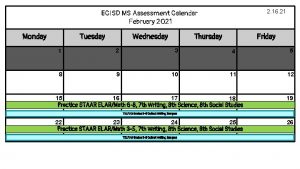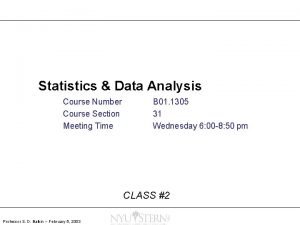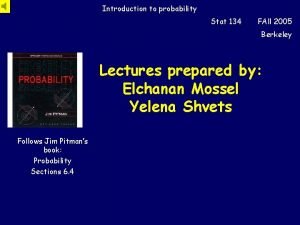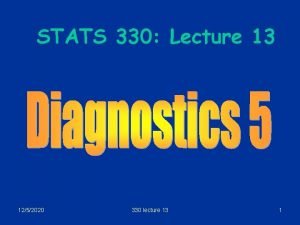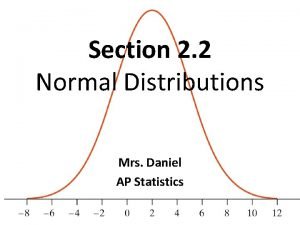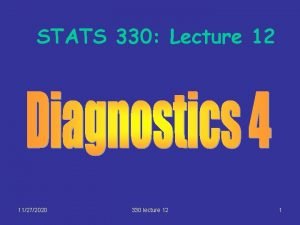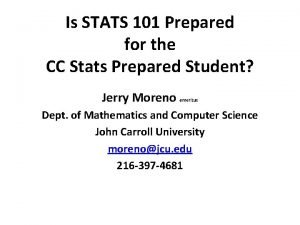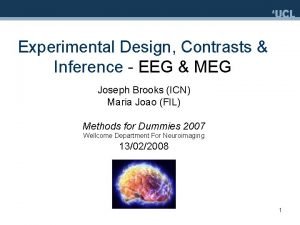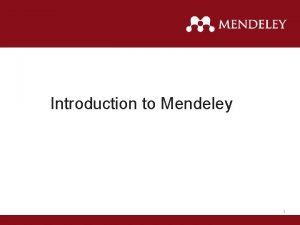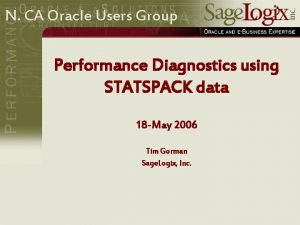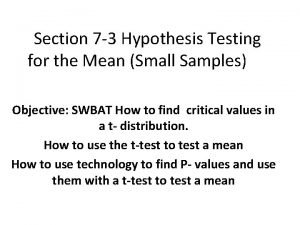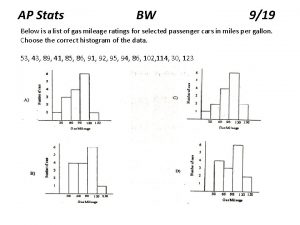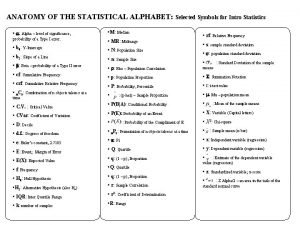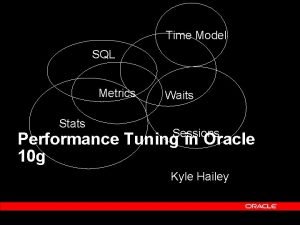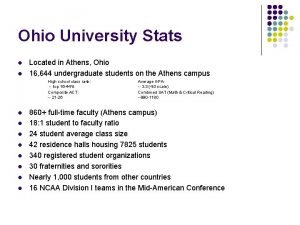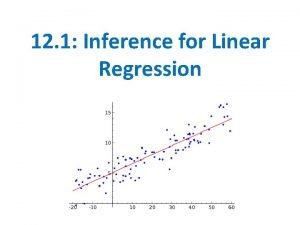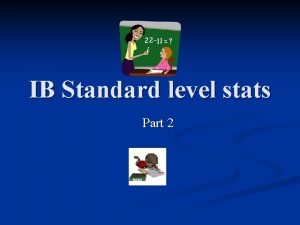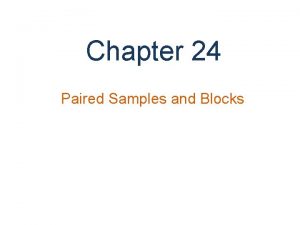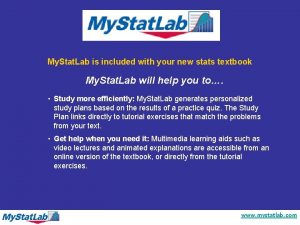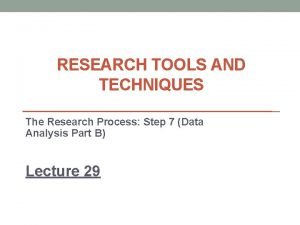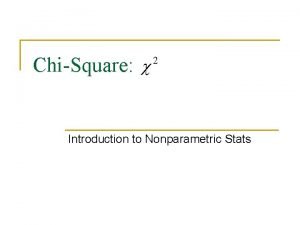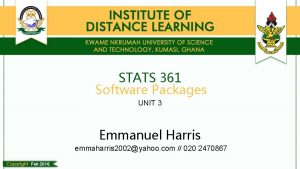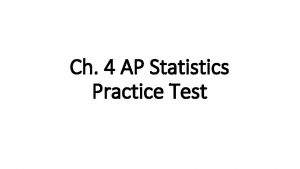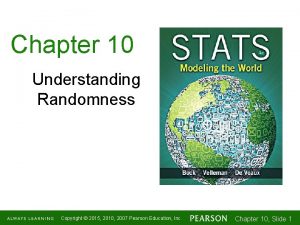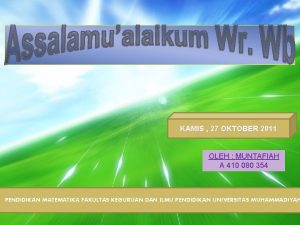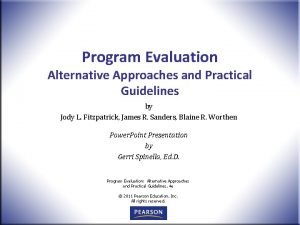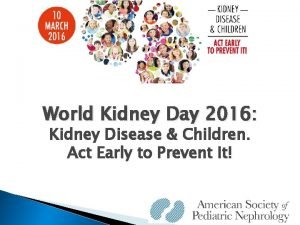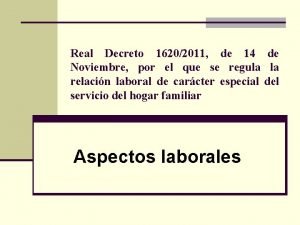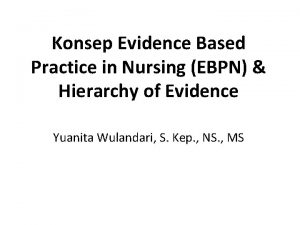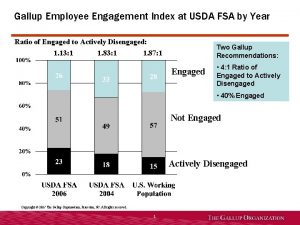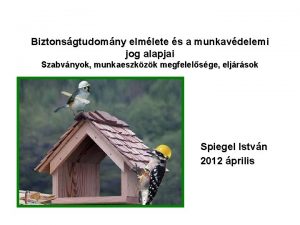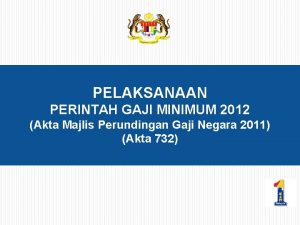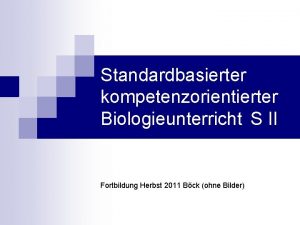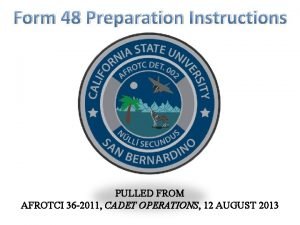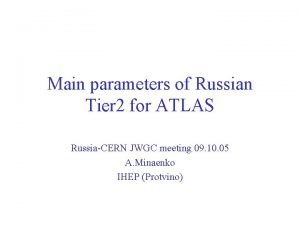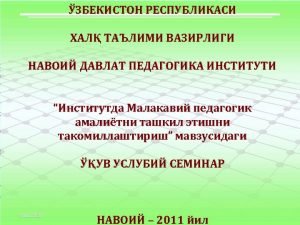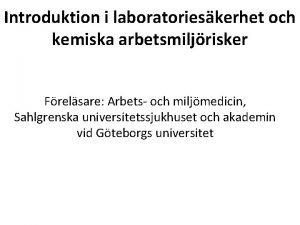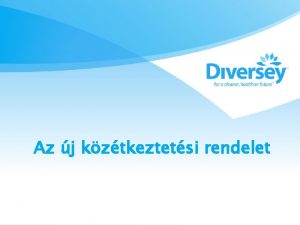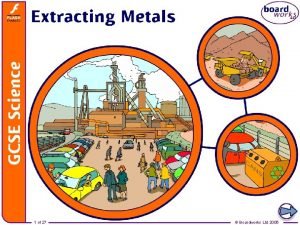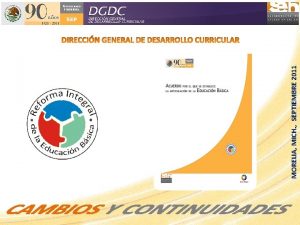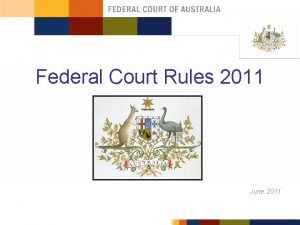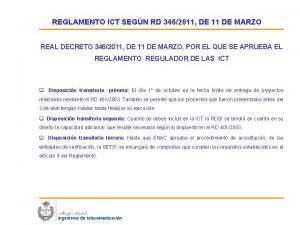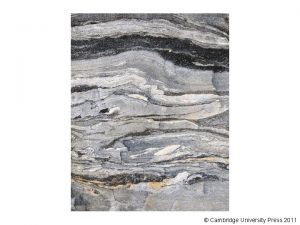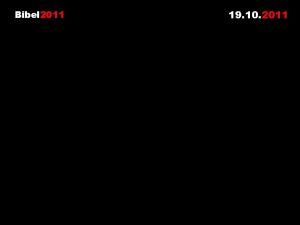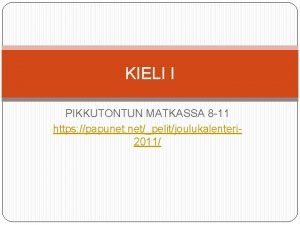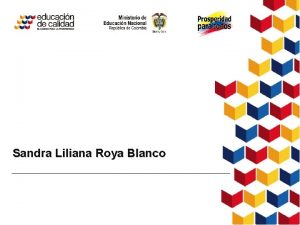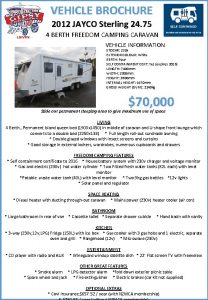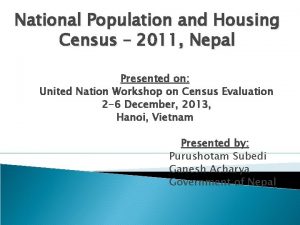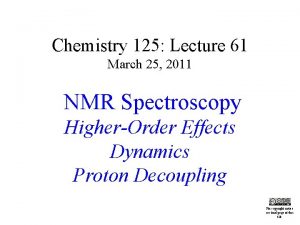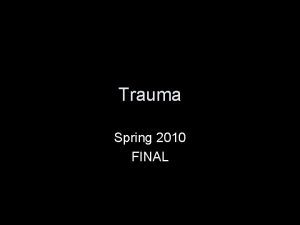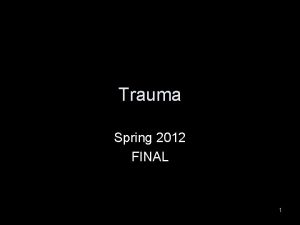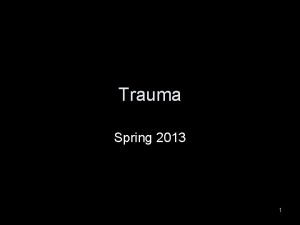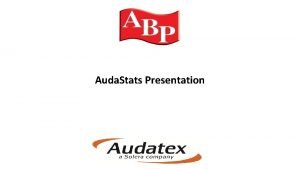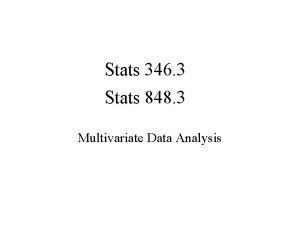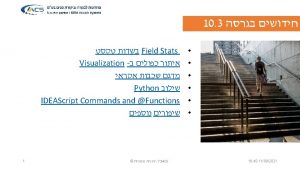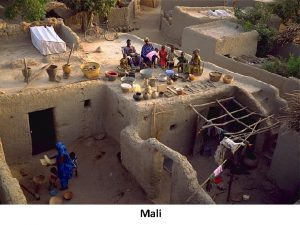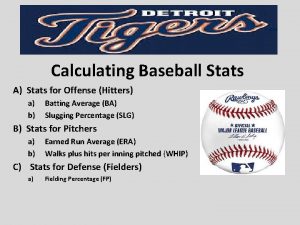Trauma Spring 2011 FINAL 1 Some Trauma Stats


























































































































- Slides: 122

Trauma Spring 2011 FINAL 1

Some Trauma Stats 1. Most common cause of death for those 1. 1 -44 years of age 2. Medical costs for trauma 1. 200 billion annually 3. Mostly results from MVA, unintentional accidents, gunshot wounds, stabbing, fights, domestic violence 2

Trimodal Distribution Immediate Early Late 3

Immediate Deaths Lacerations of the brain and spinal cord Lacerations of the heart or great vessels 4

Early Deaths 1. Within first 4 hours 2. Intracranial hemorrhage 3. Lacerations of liver or spleen 4. Significant blood loss Liver laceration with extravasation 5

1. Weeks after injury Late Deaths 2. Infection and multiple organ failure 6

Level I – II Trauma Centers 1. Level I (university or teaching hospital) 1. Level II – Same as Level I but not a teaching or research 1. Usually in large metro areas and hospital 2. Must be avail 24 hrs 3. Must treat 1200 admissions or 240 major trauma patients per year 1. weekends 7

Level III and IV Trauma Centers Level III 1. Can transport to level I when necessary 2. Serve smaller cites and towns 3. Must be avail 24 hrs Level IV 1. May not be a hosptial 2. Can stabalize and send to larger trauma center 3. Remote and rural areas 4. On call nights and weekends 8

“TRAUMA SERIES” • Should consist of 2 views – 90º to each other • Move CR and cassette – NOT THE PATIENT !!! “TAKE IT AS IT LIES” 9

10

11

Always support both joints you may need another pair of hands to help place the cassette 12

Lift only high enough to place the IR or blocks underneath. Note two hands used to gently lift this patient with a broken leg. 13

14

15

16

TRAUMA- X-RAY READY 17

Stat scan total body Is this the future of radiography? ? ? Digital “trauma scan” 18

Digital whole body scan What about the DOSE to the PATIENT? ? 19

LEVELS OF CONSCIOUSNESS • Alert and conscious – Responds fully • More serious – Drowsy, but can be roused • Even more serious – does not respond to verbal commands, but can react to painful stimuli • Most Serious – Unresponsive or comatose 20

Skeletal Trauma 21

Fracture Classifications 22

FRACTURE TYPES 23

Closed reduction 24

Open Reduction 25

OPEN FRACTURES 26

Open Fracture 1. Bone has penetrated skin 2. May lead to infection 3. Precautions must be taken to prevent infection from setting into the bone 27

Closed Fracture 1. Skin is not penetrated 2. Fractures can be classified by the mechanics of the stress that caused the break 1. Torsion 2. Transverse linear 3. Spiral 28

Closed Fracture- Clavicle 29

Forearm Closed fracture 30

Impacted Fracture- Wrist • When the fractured bone is jammed into the cancellous tissue of another fragment 31

Impacted Fracture- Hip 32

Fibular Impacted Fracture 33

Comminuted Fracture 1. Do not represent the full thickness of the bone. 2. Usually extensively shattered 3. Particularly apt to be open fractures 34

Comminuted Fracture 35

Comminuted Fracture 36

Non-Comminuted Fracture 37

Non-Comminuted Fracture 1. Complete fracture in which the bone is separated into to fragments 2. Can be classified according to the direction of its fracture line 1. Spiral or oblique 2. Transverse 38

Avulsion Fracture 1. Fragment of the bone is pulled away from the shaft 2. Occur around the joints because of ligaments, tendons, muscles, associated with sprain or dislocation 39

Avulsion Fracture 40

Avulsion Fracture 41

Incomplete Fracture 1. Part of bony structure gives way with little no displacement 1. Common example is a greenstick fracture 2. Torus fracture 42

Greenstick : Incomplete Fracture 1. Cortex breaks on one side without separation or breaking of the opposite cortex 2. Found almost exclusively in children under the age of 10 43

Incomplete Fracture 44

Greenstick Fracture 45

Greenstick Fracture 46

Greenstick Fracture 47

Torus: Incomplete Fracture 1. AKA Buckle Fracture 2. It is a greenstick fracture 3. Cortex bulges outward producing a slight irregularity 48

Torus Fracture 49

Growth Plate Fracture 1. Involve the end of the long bone 2. Not visible unless displacement occurs 3. Classified according to severity 1. Salter-Harris System 1. I-IV 2. Based on degree of epiphysis involvement 50

Growth Plate Fracture 51

Growth Plate Fracture 52

Stress Fracture 1. Results from an abnormal degree of repetition 2. Generally found where muscle attachments are 1. EX: runners at tib/fib 3. Not always seen on plain x-ray 53

Stress Fracture 54

Stress Fracture 55

Occult Fracture 1. Gives clinical symptoms without radiologic evidence 2. 10 days later may show repairing itself or displacement 56

Occult Fracture 57

Occult Fracture 58

Colles Fracture 1. Fracture through distal inch of the radius 2. Distal fragment angled backward on the shaft 3. Impaction along dorsal aspect 4. Avulsion fx of the styloid process 59

Colles Fracture 60

Boxer’s Fracture 61

Monteggia’s Fracture Fx of the proximal 1/3 of the ulnar shaft 62

Galeazzi Fracture Occurs at proximal radius with a dislocation of the distal radial-ulnar Joint 63

Pott’s Fracture 1. Both malleoli 2. Dislocation of the ankle joint 3. Trimalleolar fx 1. Medial and post. malleoli of the tibia and lat. Malleolus of the fibula 64

Pott’s Fracture 65

Maisonneuve Fracture • Severe ankle sprain • Disruption of the syndemosis between the distal tibia & fibula • Fracture at prox third of the fibula, often missed 66

Maisonneuve Fracture 67

Entire right limb torn off after being hit by a car. The pelvic bone was disarticulated at the pubic symphysis and S-I joint. The patient survived. 68

69

70

Fat Pad Sign • No definitive fx is seen but the fat pads indicate an underlying fracture 71

Dislocations 72

Dislocations 73

SPINAL INJURY PT 74

75

X-TABLE LATERALS AKA ‘DORSAL DECUBITUS” CERVICAL SPINE 76

Dislocation of the C 3 and C 4 articular processes Note that C 7 is not well demonstrated 77

Fracture of the pedicles with dislocation of C 5 and C 6. Note superior portion of C 7 shown on this image. 78

Some studies of spinal trauma have recorded a missed injury rate as high as 33%. 79

80

Subluxation 81

Subluxation 82

X-table lat –”Swimmers” 83

84

Peds pt with comp Dis loc C-2 C -3 Pt died on table 85

86

13 mo. 87

88

Skeletal Trauma Suspicious for Child Abuse • Distal femur, wrist, ankle – Metaphyseal corner fractures • Multiple – Fx’s in different stages of healing • Femur, humerus, tibia – Spiral fx’s <1 year old • Multiple skull fx’s • Post ribs, avulsed spinous processes, metacarpal & metatarsal fx’s, sternal& scapular fx’s, vertebral body fx’x and subluxation – Unusually naturally occurring fx’s <5 years old • Fx’s with abundant callous formations – Implies repeated trauma with no immobilization – Occipital bone 89

Battered Child Syndrome 90

Battered Child Syndrome 91

Battered Child Syndrome 92

Battered Child Syndrome 93

Trauma of Chest and Thorax 94

PNEUMOTHORAX Common causes include a penetrating would such as: gun shot stabbing fractured ribs, thoracentesis 95

Atelectasis Refers to a condition with diminished air within lungs associated with reduced air volume Incomplete expansion of the lung caused by a partial or total collapse Often occurs from a penetrating wound in the chest 96

Abdominal Trauma 97

Abdominal Trauma 1. Can include GI tract, liver, spleen, kidneys, pancreas, aorta and pelvic organs. 2. Initially may show minimal symptoms 3. LLD is best for demonstrating small amounts of air fluid levels 1. Lay on side 10 minutes 4. CT very valuable to catch subtle abnormalities not detected with x-ray 98

QSW MARKING ENTRANCE /EXIT WOUNDS 99

100

101

102

103

104

Pneumoperitoneum 1. Presence of air in the peritoneum 2. LG amounts indicate a colon perforation 3. SM amounts indicate a duodenal perforation 4. Can be from trauma rupture or nontraumatic bowel perforation 5. Has a football sign 105

Pneumoperitoneum 106

Imaging Considerations 1. Radiography 1. First imaging modality for trauma 2. Portables often used 3. Primary means of evaluating skeletal trauma 2. MRI 1. For muscle, tendons, ligaments and soft tissue 107

Imaging Considerations 1. CT 1. Is excellent form imaging acute cerebral hemorrhage & fx's of the skull & facial bones 1. Quickly replacing x-ray as the standard for evaluating C-spine trauma 2. Better to visualize transverse processes of spine L- 2. Blunt trauma to abdomen can use CT or US 1. CT preferred for urinary trauma 2. Sometimes angio is used 108

PORTABLE & TRAUMA COMPETENCIES • TAKE NOTES!!!! • FOR PORTABLE WORK YOU MUST ALWAYS HAVE SUPERVISION – EVEN AFTER COMPETENCY IS DONE per JRCERT 109

TRAUMA CATEGORY FOR COMPETENCY • A “True” TRAUMA means YOU the STUDENT • must manipulate the tube and the cassette • to obtain the optimal images of the patient………… 110

PORTABLE COMPETENCIES • Must do a Pre-Portable check –off first • Must do more than 3 exams of each area - portable – before attempting competency • COMPETENCIES: – CHEST # 2 – ABDOMEN PORT CHEST EXTREMITY 111

PORTABLE COMPETENCIES • COMPETENCIES: – CHEST # 2 • • • PORT CHEST ABDOMEN EXTREMITY CHEST #2 – Gurney pt. = AP * & Lat Port CHEST Port ABD Port ORTHO C-arm Peds port 112

TRAUMA COMPETENCY • Trauma EXTREMITY IS: From the WRIST to the HUMERUS & ANKLE to the FEMUR 113

TRAUMA COMPETENCY • Trauma EXTREMITY IS NOT • A hand, finger, or foot when you can place the patient on a cassette and position the patient and the tube like any other exam 114

TRAUMA COMPETENCY • Trauma EXTREMITY IS NOT A Y – SHOULDER VIEW A X-TABLE HIP A X-TABLE C. SP • (THESE HAVE THEIR OWN CATEGORY FOR COMP) 115

‘TRAUMA” MEANS • • YOU must take 2 projections 90 ° to each other To achieve an “AP & LAT” view of the part in question 116

“TRAUMA” PER 2005 STANDARDS • TRAUMA SHOULDER (Y OR AXILLA) • UPPER EXT non shoulder • LOWER EXT non hip • C. sp xtable • Hip x table • Logging & “double dipping” on exam… 117

PORT COMPS • EQUIPMENT CHECK OFF FIRST • BEFORE EXPOSING A PT FOR AN EXAM • OR ATTEMPTING A COMP • STILL NEED DIRECT SUPERVISION – EVEN AFTER YOU HAVE COMPED AN EXAM • CANNOT DO PORTABLE or O. R. WITHOUT AN RT DIRECTLY SUPERVISING OR WITHIN “EARSHOT” 118

WARNING, this is a very bloody set of photos • This guy was texting a friend when he crossed the center line!!!! A CAR vs A SEMI-TRACTOR TRAILER • WHY YOU SHOULD NOT BE TEXTING OR USING YOUR CELL PHONE WHILE DRIVING? 119

120

121

PLEASE Don’t text while driving !!!!!! Or get behind the wheel if you have been drinking alcoholic beverages !!!!! 122
 Ecisd spring break 2011
Ecisd spring break 2011 What are the months in spring
What are the months in spring Spring summer fall winter and spring cast
Spring summer fall winter and spring cast World history spring final exam review answers
World history spring final exam review answers World history final exam study guide
World history final exam study guide They say sometimes you win some
They say sometimes you win some Some say the world will end in fire some say in ice
Some say the world will end in fire some say in ice They say sometimes you win some
They say sometimes you win some Some say the world will end in fire some say in ice
Some say the world will end in fire some say in ice Pears countable or uncountable
Pears countable or uncountable Some trust in horses
Some trust in horses Contact and non contact forces
Contact and non contact forces Stats-346
Stats-346 Compliment rule stats
Compliment rule stats Stat 134
Stat 134 Dbms_stats.copy_table_stats
Dbms_stats.copy_table_stats 2016 ap stats frq
2016 ap stats frq Tutor 2 you
Tutor 2 you What is p hat stats
What is p hat stats Stats 330
Stats 330 Tiger woods
Tiger woods Moon stats
Moon stats Arl statistics instructions
Arl statistics instructions Word gap signpost
Word gap signpost Stats
Stats Stats 330
Stats 330 In cc stats
In cc stats Stats
Stats Ap statistics chapter 7 multiple choice test answers
Ap statistics chapter 7 multiple choice test answers Ap stats chapter 14
Ap stats chapter 14 Ap stats chapter 17 sampling distribution models
Ap stats chapter 17 sampling distribution models Chapter 6 ap statistics review
Chapter 6 ap statistics review Meg joseph
Meg joseph Stats 330
Stats 330 Experimental unit stats
Experimental unit stats Mendeley stats
Mendeley stats What is absolute language in reading
What is absolute language in reading Stats refund
Stats refund What is modality in statistics
What is modality in statistics Stats
Stats Iqv stats calculator
Iqv stats calculator Stats canada
Stats canada Stats$sql_summary
Stats$sql_summary Test of hypothesis
Test of hypothesis Riak cs stats
Riak cs stats Ap stats
Ap stats Statistics symbols
Statistics symbols It&m stats
It&m stats V$sess_time_model
V$sess_time_model Questioning stance
Questioning stance Chapter 16 ap stats
Chapter 16 ap stats Ohio university stats
Ohio university stats Freesurfer stats
Freesurfer stats Privisol
Privisol Disjoint addition rule
Disjoint addition rule Numbers and stats signpost
Numbers and stats signpost Conditions for regression inference
Conditions for regression inference Stats
Stats Chapter 24 paired samples and blocks
Chapter 24 paired samples and blocks My stat
My stat Ogive definition
Ogive definition Chapter 21 comparing two proportions
Chapter 21 comparing two proportions Mcommerce stats
Mcommerce stats Stats table psychology
Stats table psychology Mrs daniels ap stats
Mrs daniels ap stats What is variance in statistics
What is variance in statistics Compare and contrast signpost
Compare and contrast signpost Webmetrics stats
Webmetrics stats Stats tree diagram
Stats tree diagram Stats for beginners
Stats for beginners Ap statistics experimental design
Ap statistics experimental design Stats
Stats Whats a parameter in stats
Whats a parameter in stats Stats 361
Stats 361 What are experimental units in stats
What are experimental units in stats Hurricane florence stats
Hurricane florence stats Ap stats practice test multiple choice
Ap stats practice test multiple choice Stats
Stats Ap stats chapter 10 understanding randomness
Ap stats chapter 10 understanding randomness Ap stats chapter 17 sampling distribution models
Ap stats chapter 17 sampling distribution models 2011 pearson education inc
2011 pearson education inc 2011 pearson education inc
2011 pearson education inc Construction act 2011 payment terms
Construction act 2011 payment terms 27 oktober 2011
27 oktober 2011 Customer experience management conference 2010
Customer experience management conference 2010 Fitzpatrick sanders & worthen 2011
Fitzpatrick sanders & worthen 2011 Roman numerals 1 12
Roman numerals 1 12 Lof 2011
Lof 2011 World kidney day 2011
World kidney day 2011 Real decreto 1620 de 2011
Real decreto 1620 de 2011 Evidence based practice adalah
Evidence based practice adalah Gallup poll employee engagement 2015
Gallup poll employee engagement 2015 Msz en iso 12100:2011
Msz en iso 12100:2011 Akta gaji minimum pengawal keselamatan
Akta gaji minimum pengawal keselamatan Ijso 2011
Ijso 2011 Zpg biologie 2011
Zpg biologie 2011 Afrotci
Afrotci (saresp-2011)
(saresp-2011) Jwgc 2011
Jwgc 2011 Navoiy pedagogika instituti yo'nalishlari
Navoiy pedagogika instituti yo'nalishlari Kemikalier
Kemikalier Shavuot 2011
Shavuot 2011 62/2011. (vi. 30.) vm rendelet
62/2011. (vi. 30.) vm rendelet Czech republic census 2011
Czech republic census 2011 2011 pearson education inc
2011 pearson education inc Pearson education inc. publishing as prentice hall
Pearson education inc. publishing as prentice hall Boardworks ltd 2011
Boardworks ltd 2011 Septiembre 2011
Septiembre 2011 Federal court rules 2011
Federal court rules 2011 Rd 346 2011
Rd 346 2011 Cambridge university press 2011
Cambridge university press 2011 Boardworks ltd 2011
Boardworks ltd 2011 Pasal 7 uu no 12 tahun 2011
Pasal 7 uu no 12 tahun 2011 Bibel 2011
Bibel 2011 Semi structured questionaire
Semi structured questionaire Community work models by weyers
Community work models by weyers Papunet joulukalenteri
Papunet joulukalenteri Sandra liliana roya blanco
Sandra liliana roya blanco 2012 jayco sterling
2012 jayco sterling National population and housing census 2011
National population and housing census 2011 March 25 2011
March 25 2011 Trafalgar day 2011
Trafalgar day 2011 Hmi 2011
Hmi 2011
